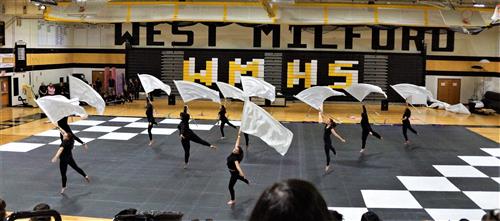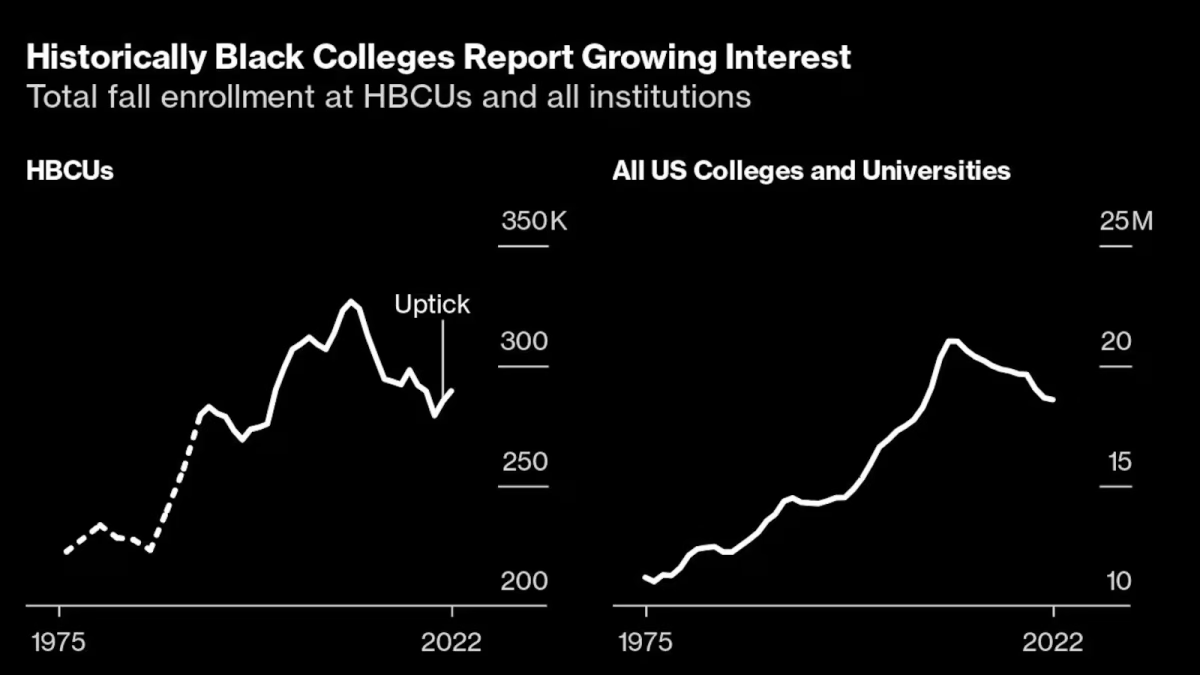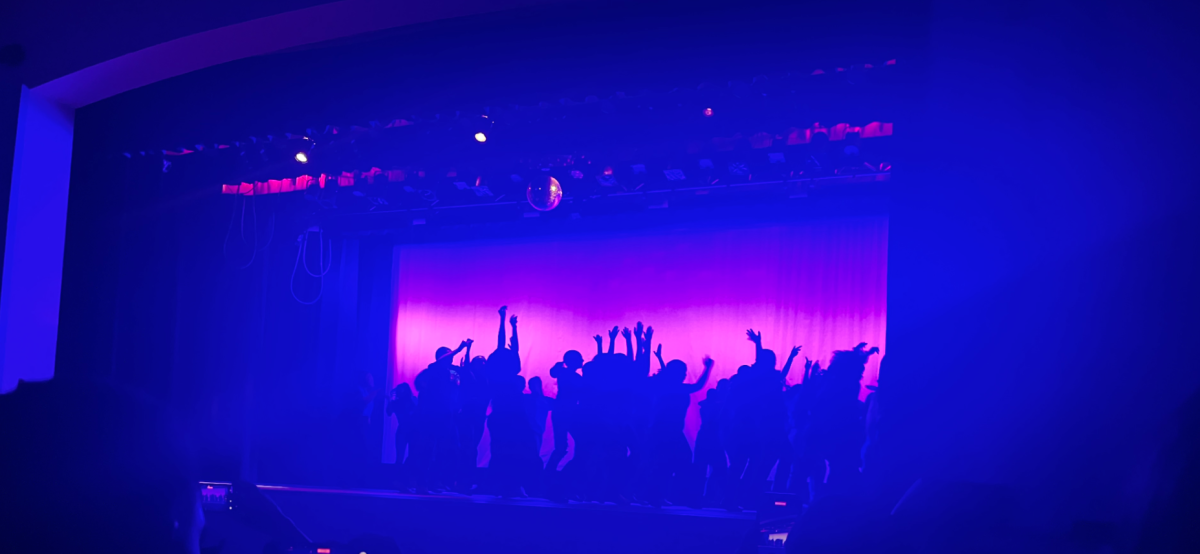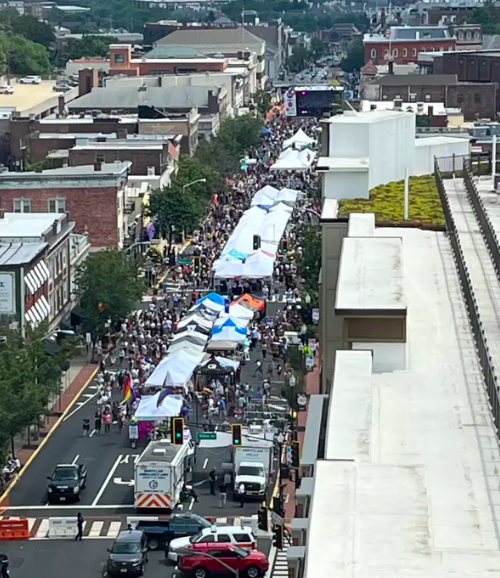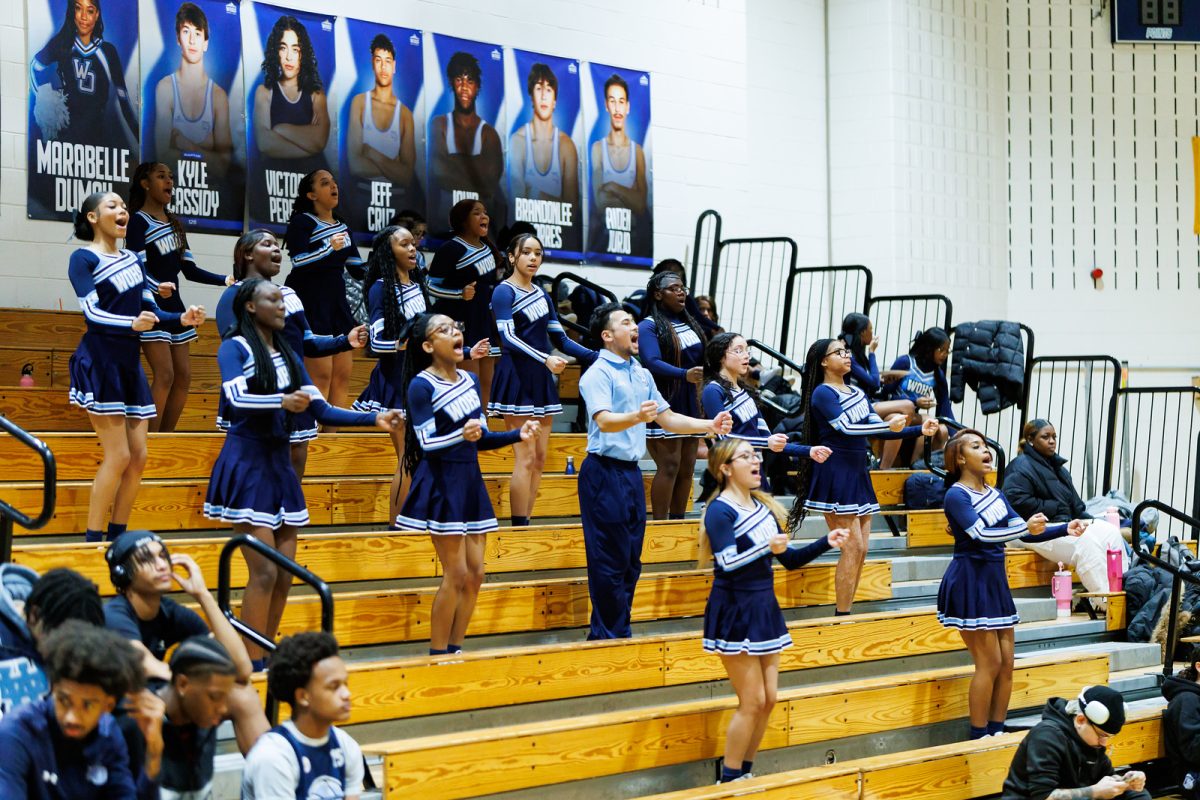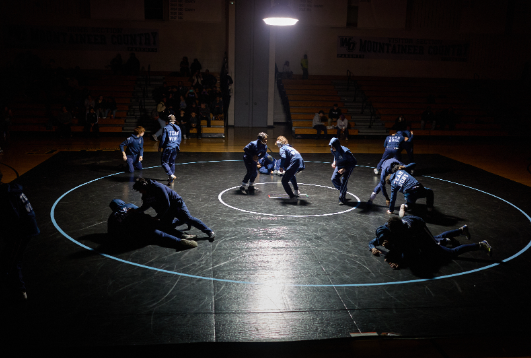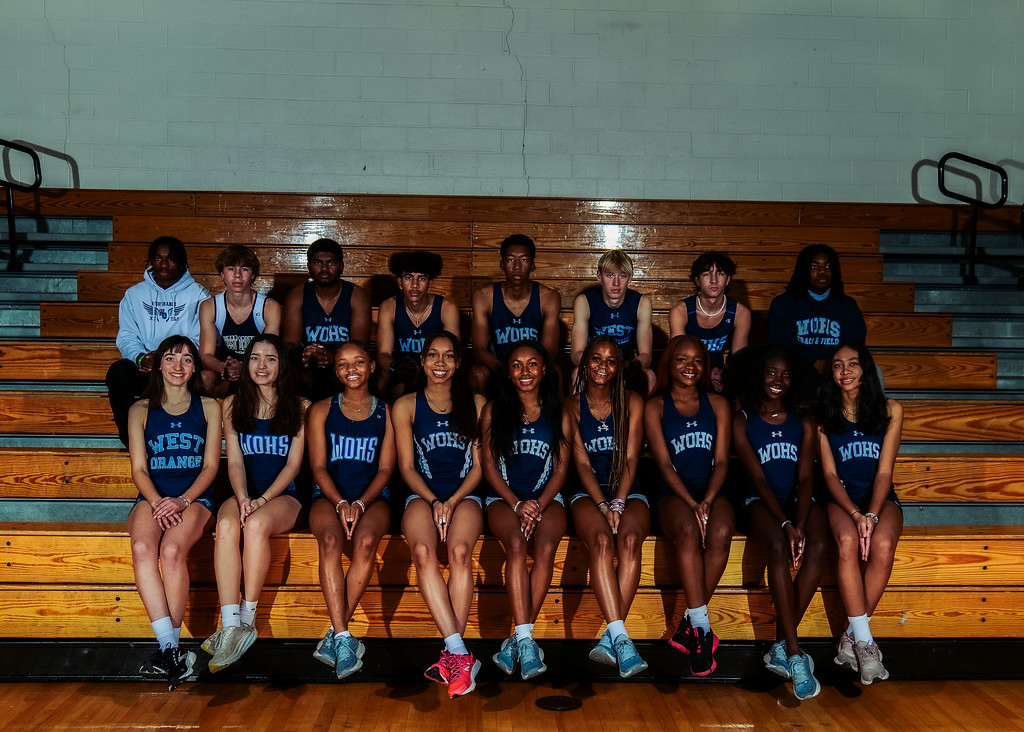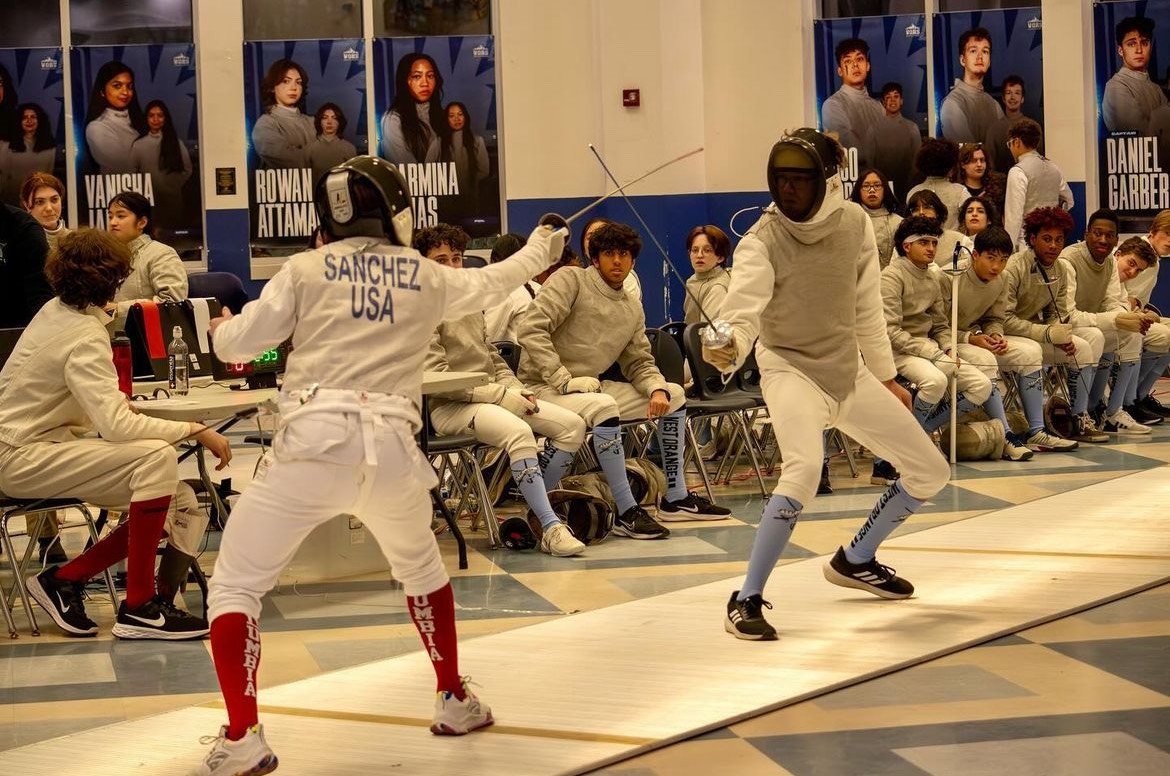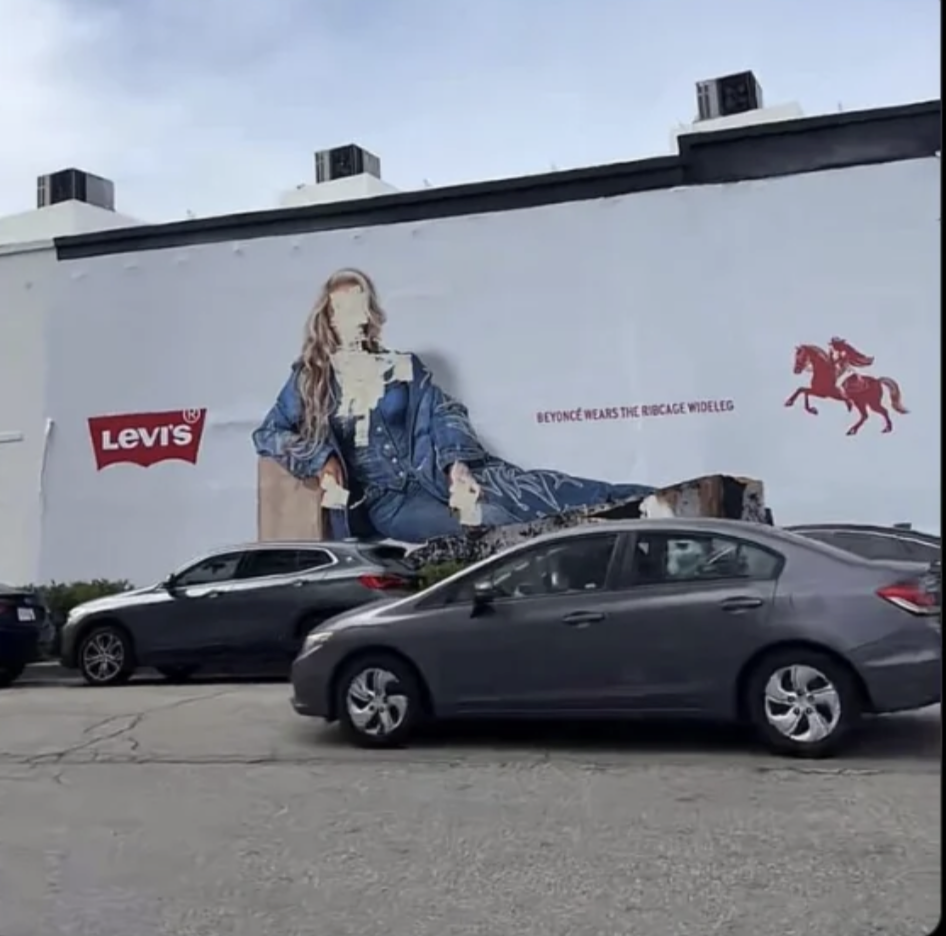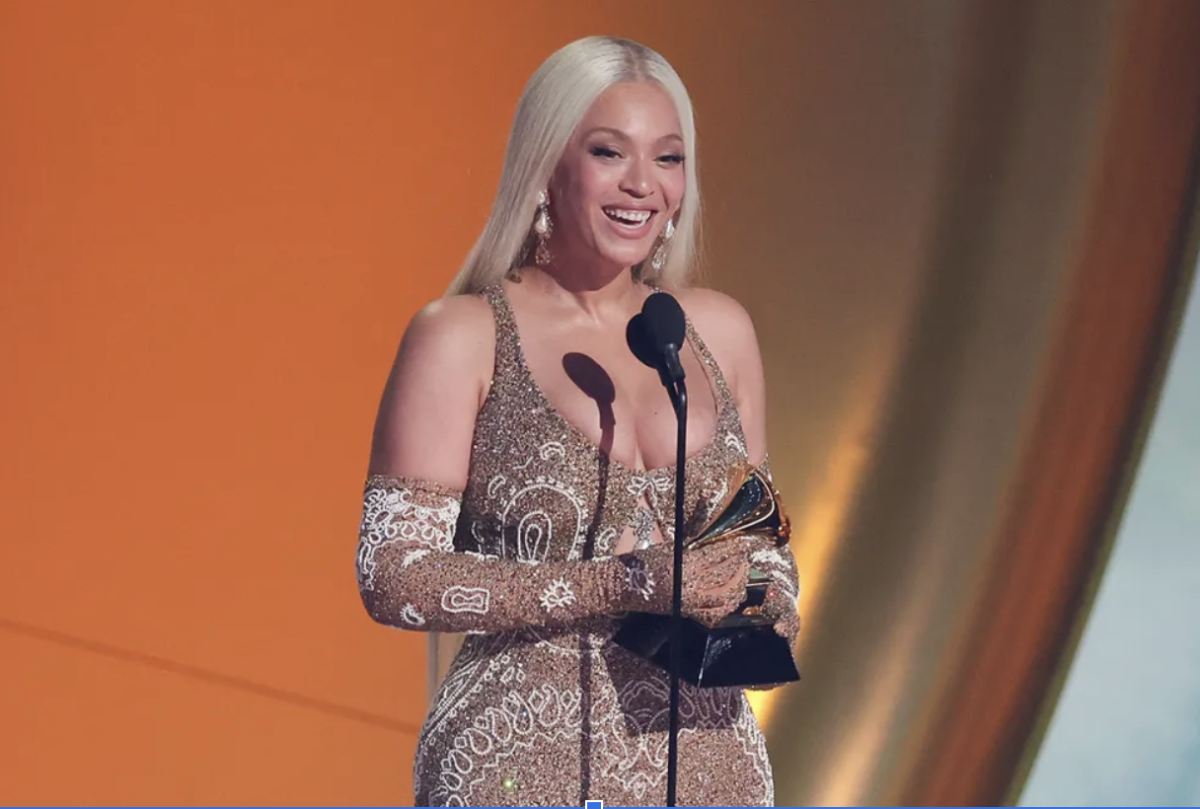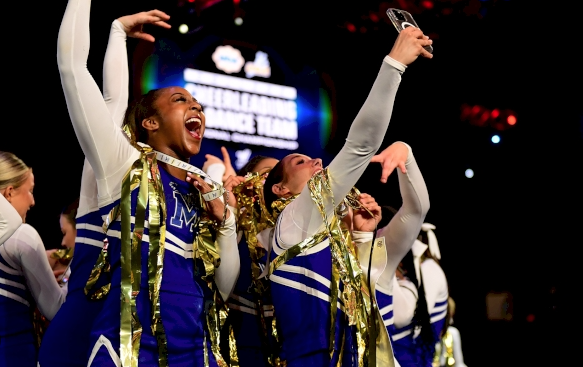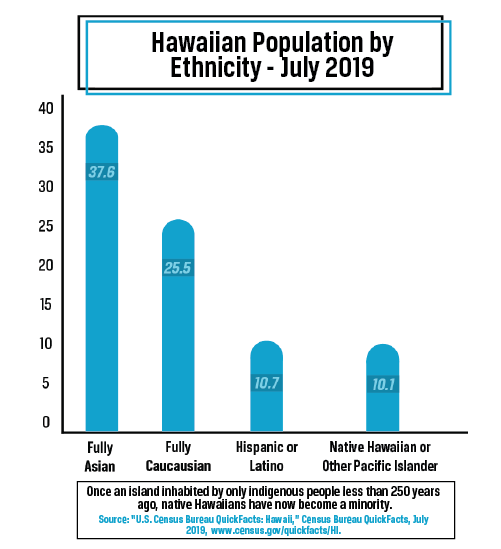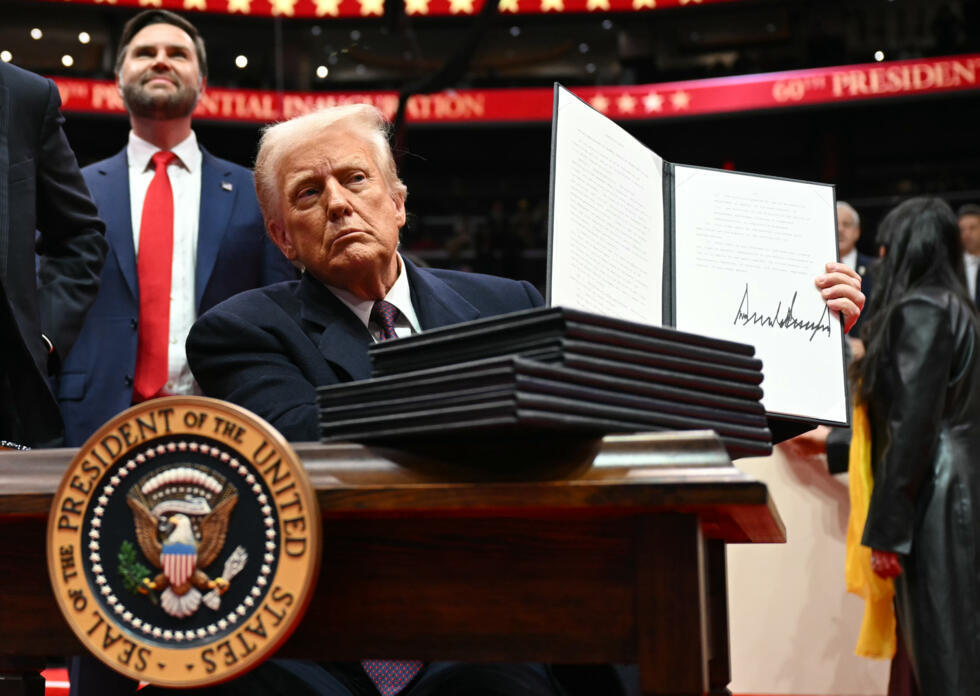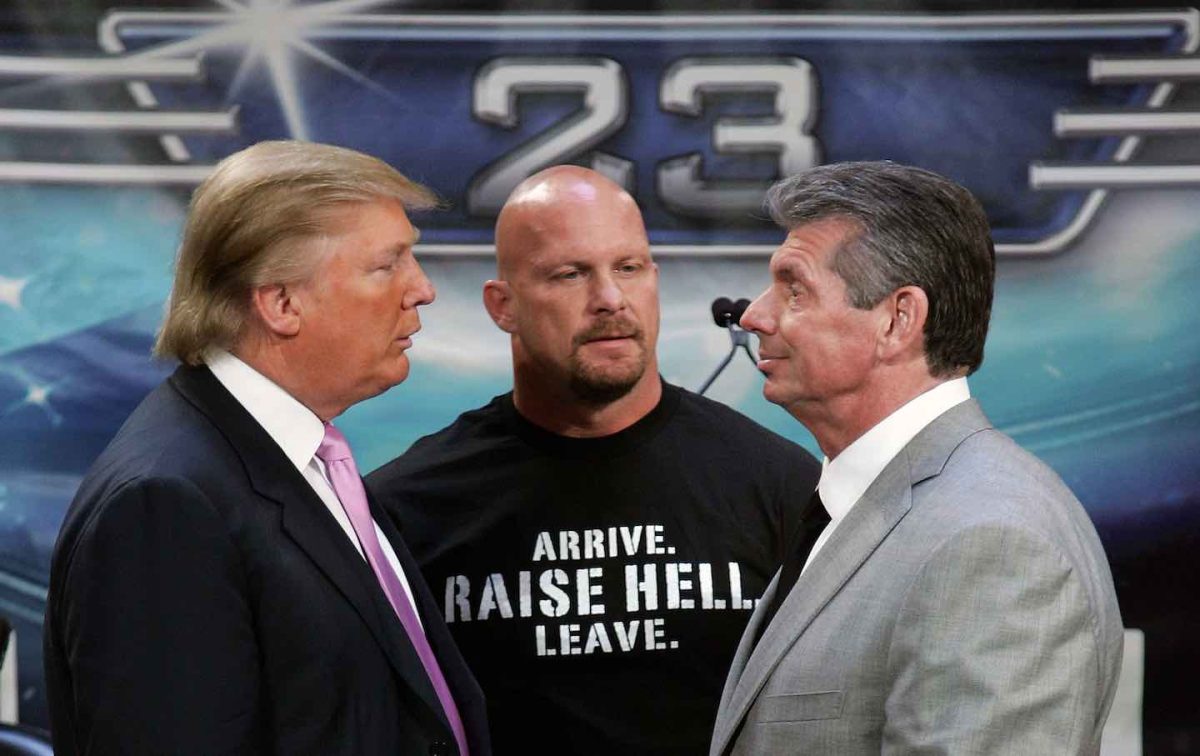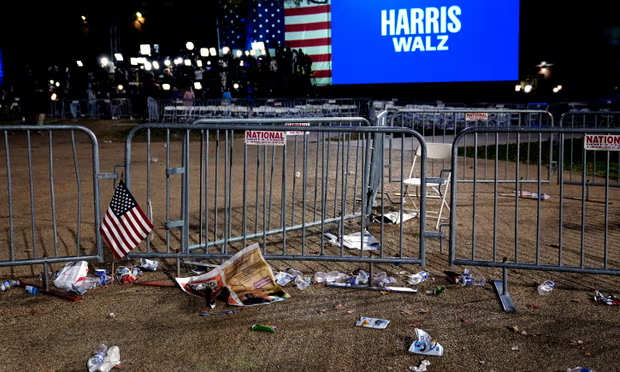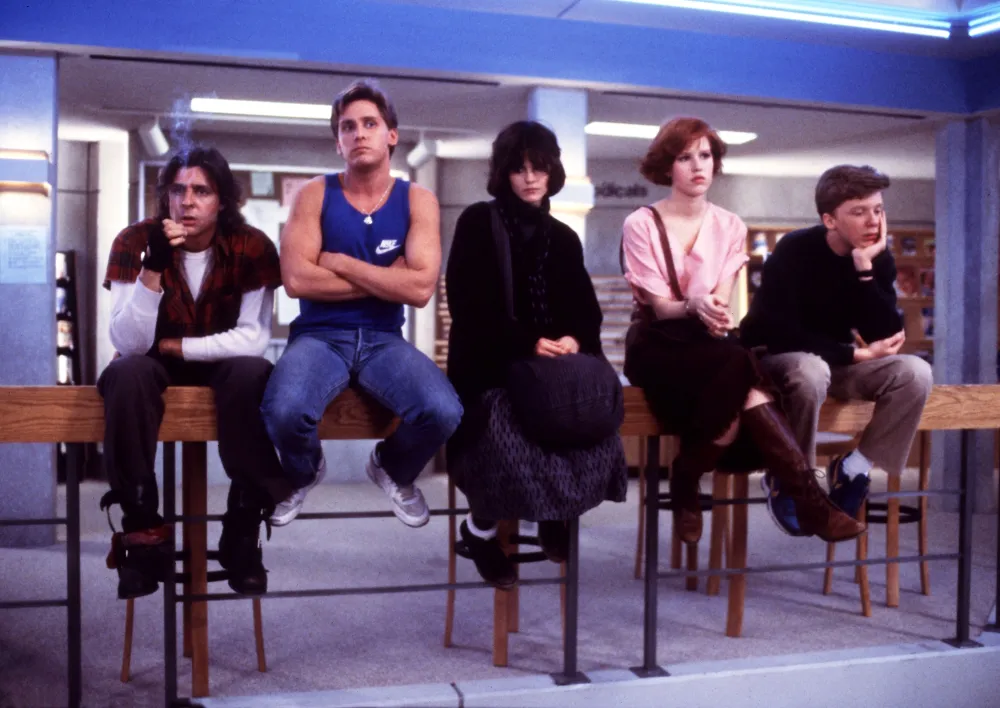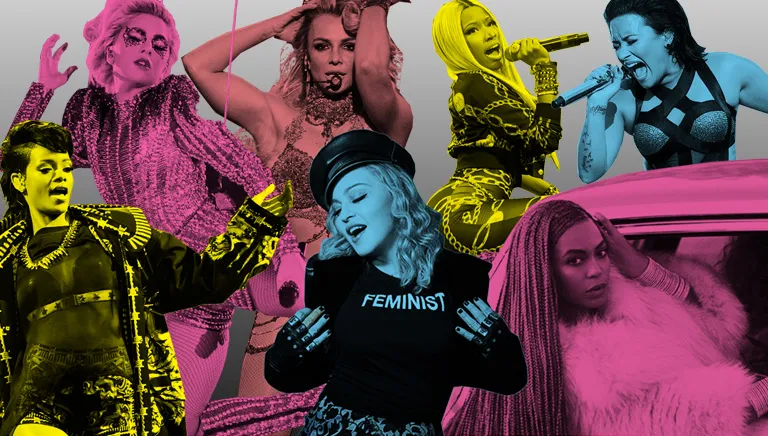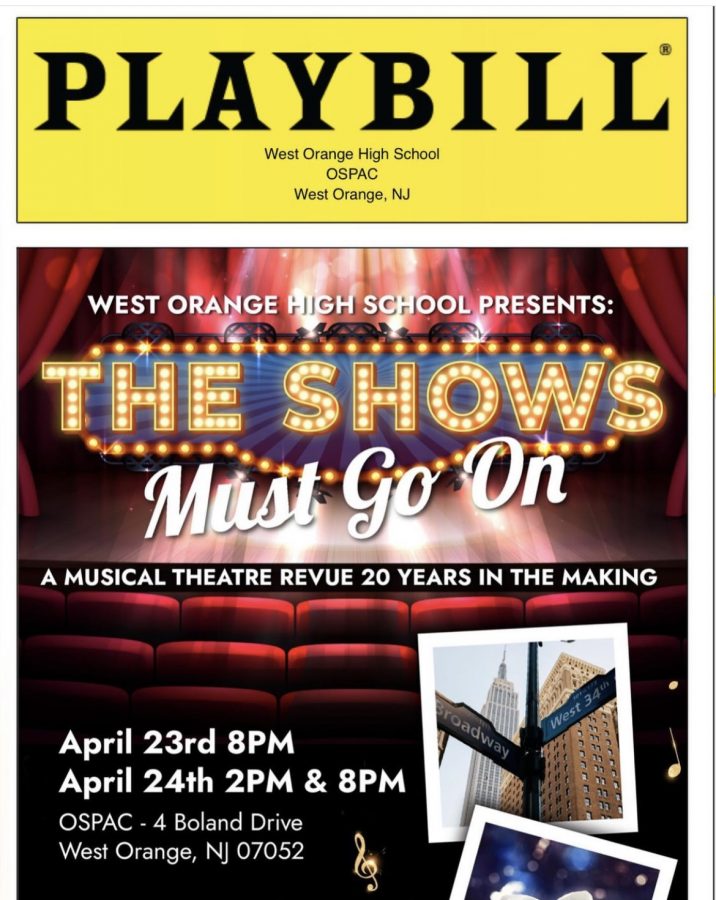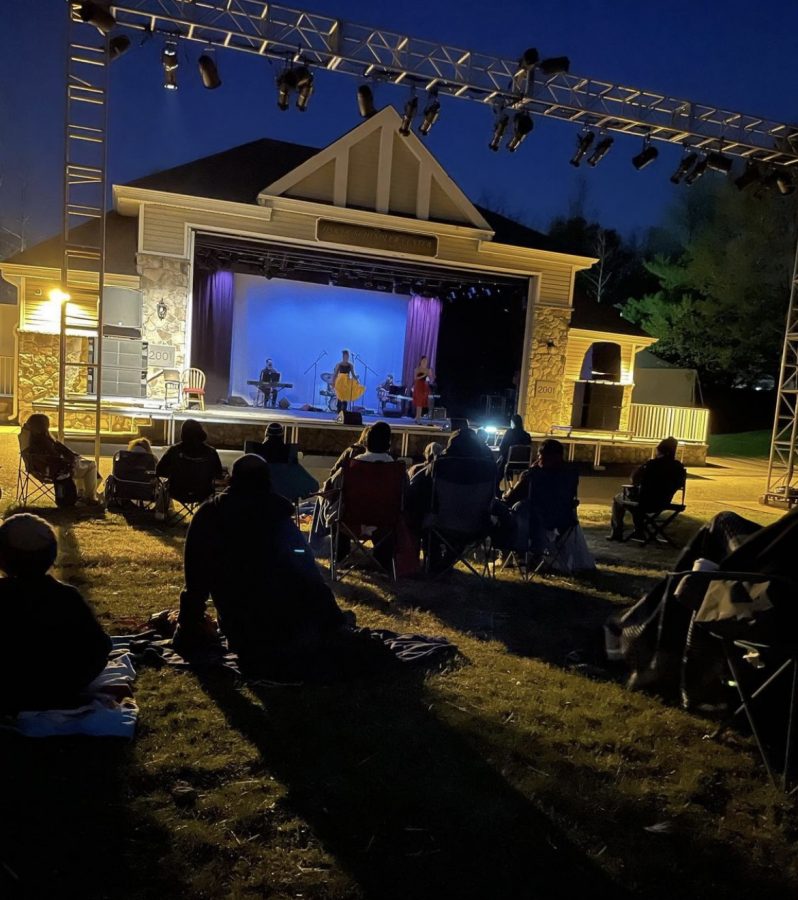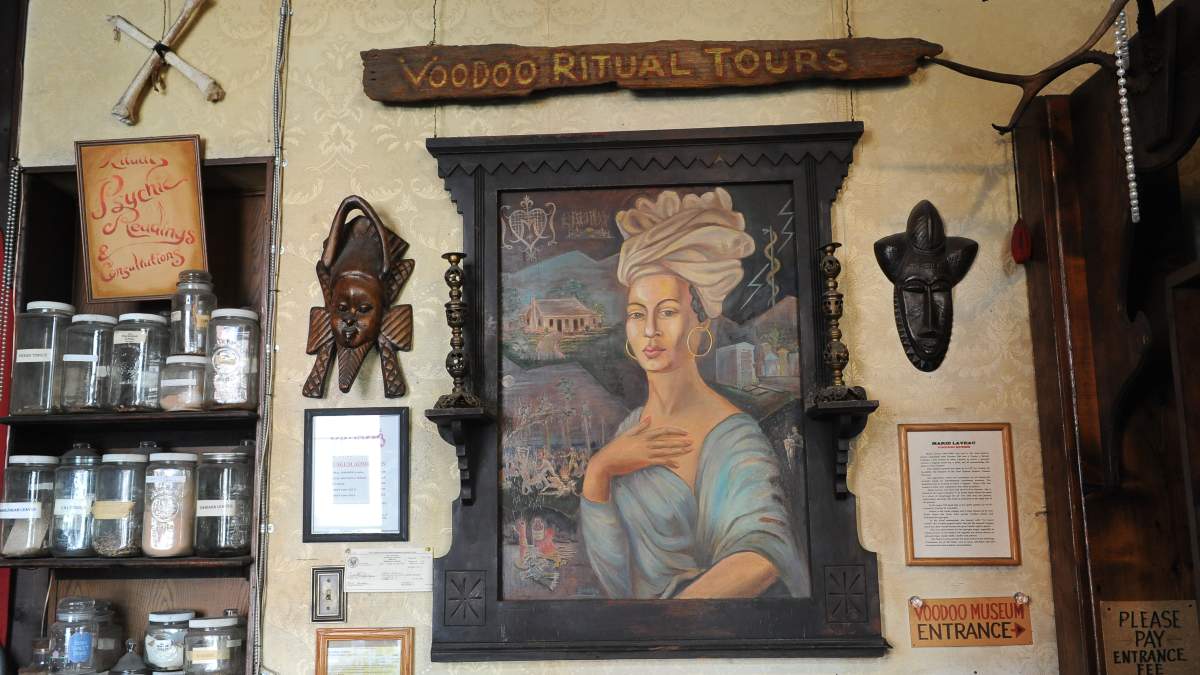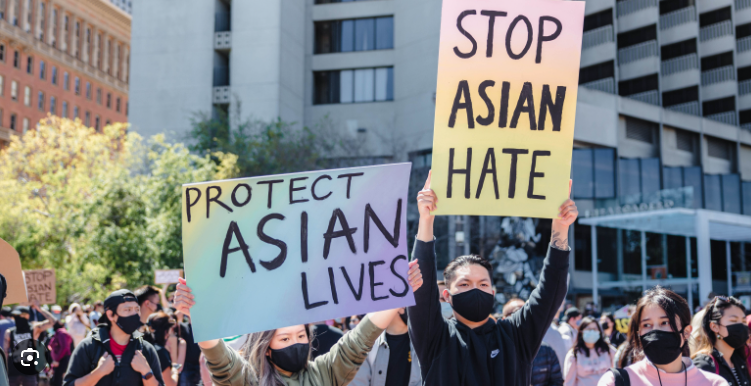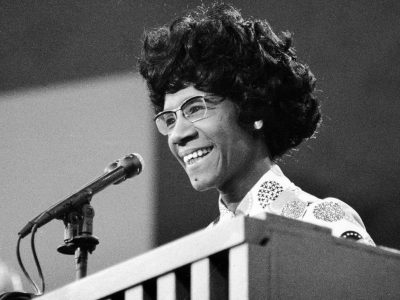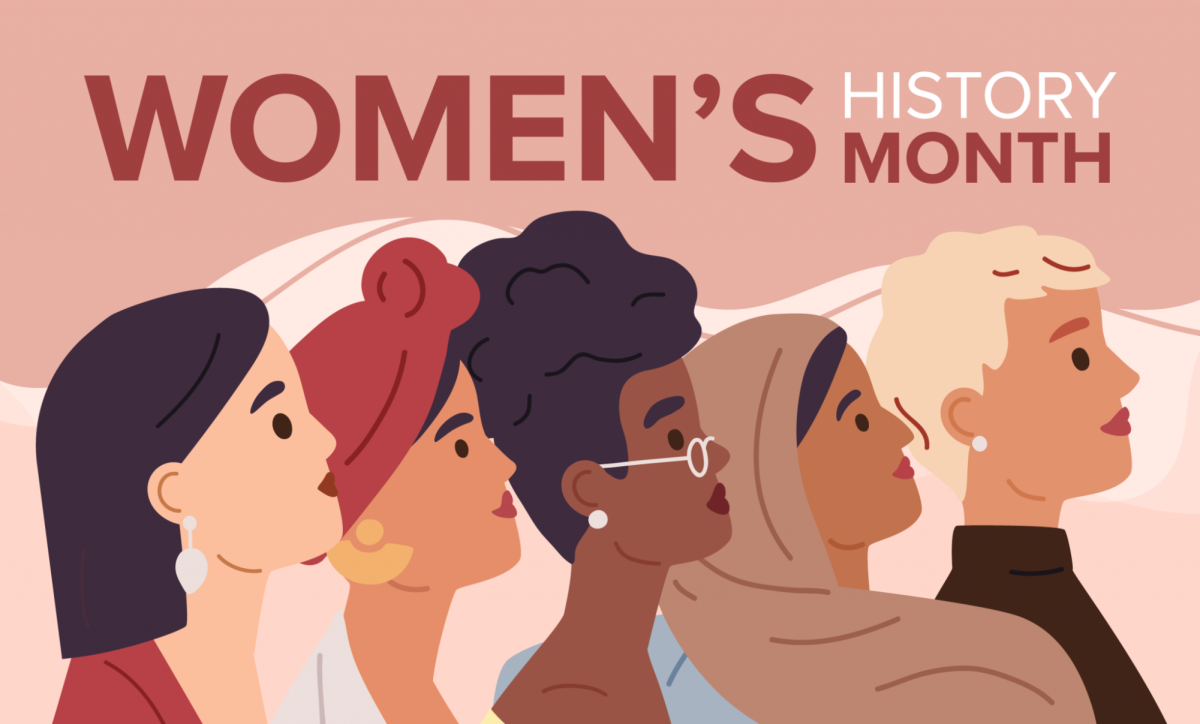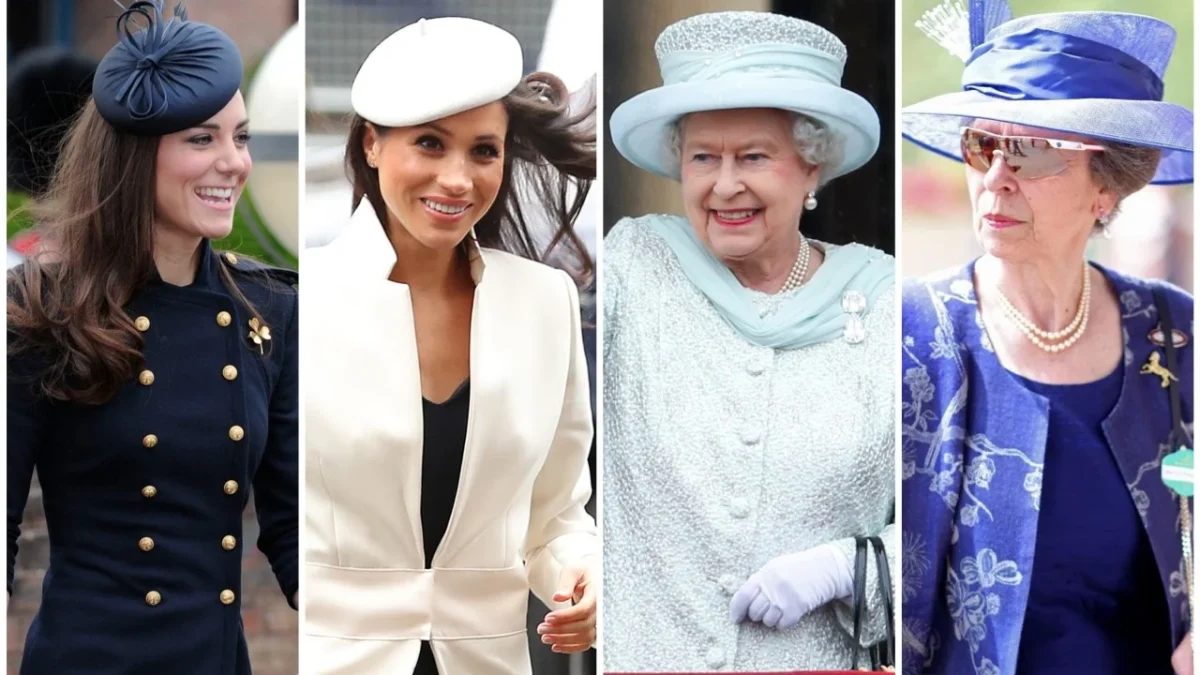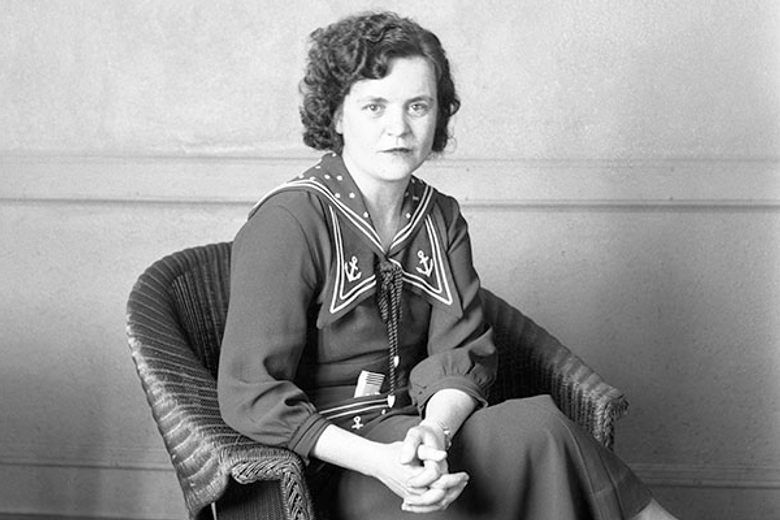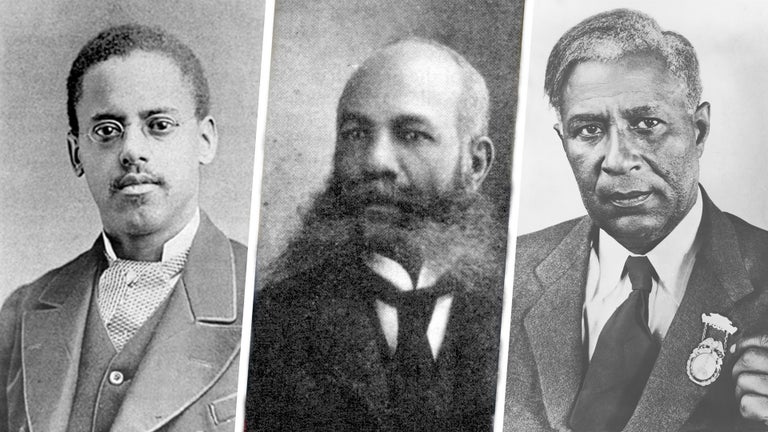White Paint, Same Old Message: Beyoncé Levi’s Ad was Defaced
Isabella Ford-Valiente, Co-Editor-in-Chief
West Hollywood, CA — A billboard of Beyoncé featured in a Levi’s ad campaign was vandalized last March in what many are calling a racially motivated act. The billboard is now marked by thick white paint smeared across her face and upper body, and everywhere her skin is visible. The defacement has drawn widespread attention, with many pointing to the unsettling symbolism of whitewashing, both literally and historically, in how Black figures are treated in art and media.
Positioned along a busy street, the mural had quickly become a recognizable part of the neighborhood—a celebration of Beyoncé not just as a cultural icon but as a powerful representation of Black excellence. Known not just for her music but her outspoken advocacy for Black individuals, particularly women, and social justice, Beyoncé was a fitting subject for such a prominent public piece.
Let’s be honest: what happened to the Beyoncé mural in West Hollywood wasn’t some random act of street graffiti. It was intentional, pointed, and disturbingly symbolic. Someone covered Beyoncé’s face and chest — her Black skin — with thick, blinding white paint. Whether they realized it or not, they captured exactly what so many systems in this country continue to do: erase, silence, and reframe Black women’s power through the lens of whiteness.
This didn’t happen in isolation. It happened in the same week people are still whining online that Billie Eilish should have won Album of the Year over Beyoncé. Yes, really. The same tired discourse, reloaded. Beyoncé dropped Cowboy Carter, an album that smashed genre boundaries, uplifted Black country artists, and pushed cultural conversations forward. It wasn’t just an album — it was a reclamation. And yet, some people still can’t stomach the idea of a Black woman being both the moment and the legacy.
The billboard’s defacement is a visual metaphor for what’s playing out in real time across culture: white discomfort with Black brilliance. Whether it’s award show snubs or literal paint on walls, the message is the same—Beyoncé can be celebrated, but only to a point, only if she doesn’t take up too much space, only if her presence remains “acceptable.”
People argue it’s “just a mural” or “just paint.” But this is a part of a broader pattern. Black artists being overlooked, murals, statues, or even now—billoards of Black figures being defaced, statues being removed under the cover of darkness. What’s painful is how unsurprising it all is — how normalized it’s become to see Black achievement countered by some kind of backlash.
And while we’re here: Billie Eilish is wildly talented. But this isn’t about her. It’s about the discomfort some people still feel when Beyoncé wins. It’s about the subtle, coded language used to diminish her—calling her “overhyped” or claiming she “always wins” —despite the fact that she’s been repeatedly overlooked for the industry’s highest awards for more than two decades.
What happened on that wall in West Hollywood wasn’t just vandalism. It was resentment. It was a response to Black visibility. It was a spray-painted attempt to remind us that even when Black women rise, there’s always someone waiting with a brush full of white paint, trying to take them down.
Categories:
White Paint, Same Old Message: Beyoncé Levi’s Ad was Defaced
More to Discover
